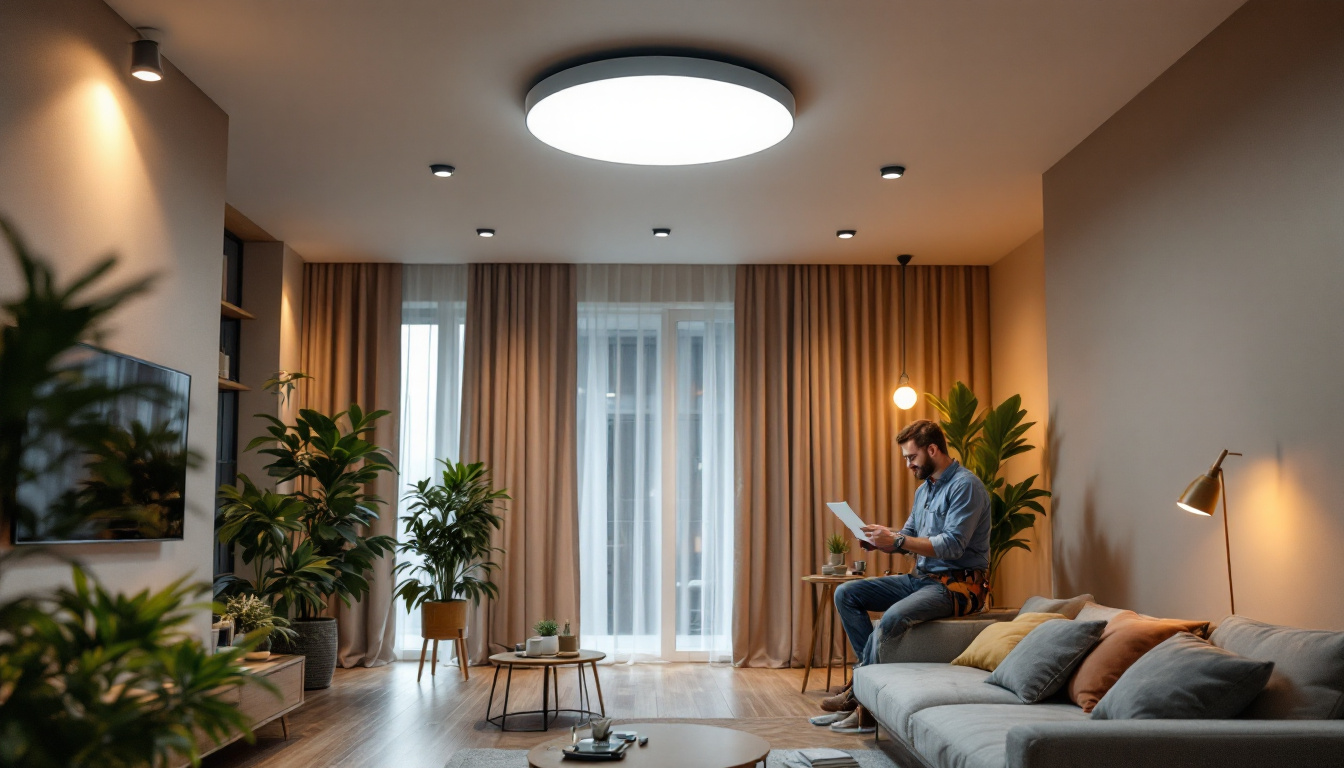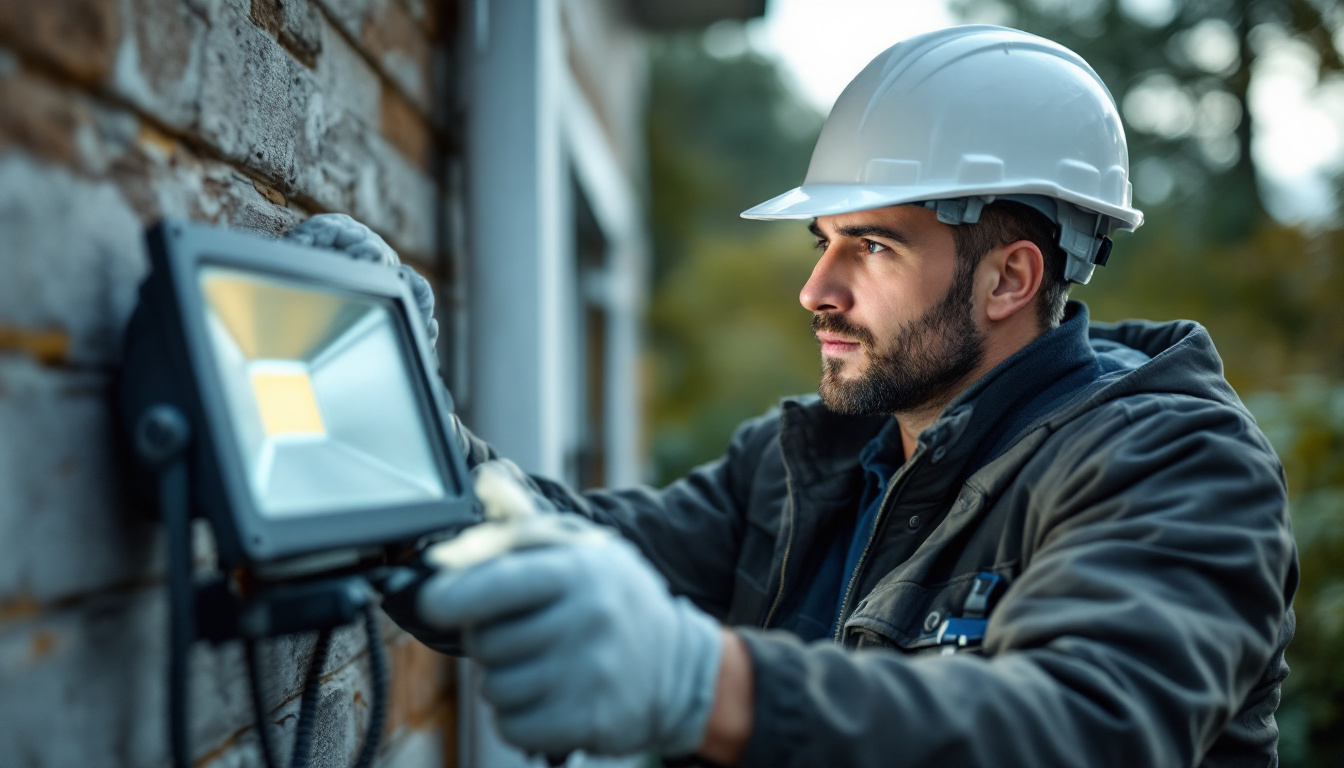
Lighting professionals play a crucial role in enhancing safety and aesthetics in outdoor environments. Among the various tools and equipment they utilize, outdoor signal lights stand out as essential components. These lights not only provide illumination but also serve as vital communication devices in various settings. This article presents a comprehensive checklist that lighting contractors should consider when selecting and installing outdoor signal lights.
Outdoor signal lights are designed to convey information, guide movement, and ensure safety in outdoor spaces. They are commonly used in a variety of applications, including traffic management, construction sites, and event venues. Understanding the different types of outdoor signal lights available is the first step for lighting professionals in making informed decisions. With the right signal lights, organizations can enhance safety protocols and improve overall efficiency in their operations.
Moreover, the technology behind outdoor signal lights has evolved significantly, with advancements in materials and energy efficiency leading to more reliable and effective solutions. For instance, modern signal lights can now incorporate smart technology, allowing for remote monitoring and control. This means that they can be programmed to adjust their brightness based on ambient light conditions or even change patterns in response to real-time traffic data, making them not only more effective but also more adaptable to varying situations.
There are several types of outdoor signal lights, each serving specific purposes. The most common types include:
Outdoor signal lights find applications in various sectors, including:
Additionally, as urban areas continue to grow and evolve, the role of outdoor signal lights is becoming increasingly important. Cities are investing in smart infrastructure that integrates signal lights with traffic management systems, allowing for real-time data analysis and improved response times during emergencies. This not only enhances public safety but also contributes to more efficient city planning and management.
When selecting outdoor signal lights, lighting professionals must consider several factors to ensure optimal performance and safety. These considerations can significantly impact the effectiveness of the lighting solution.
The brightness of outdoor signal lights is paramount. It determines how visible the light will be in various weather conditions and times of day. Professionals should evaluate the lumen output of the lights and consider the specific environment in which they will be used. For instance, lights used in well-lit urban areas may require less brightness compared to those in rural or poorly lit locations. Additionally, the color temperature of the light can also play a role in visibility; warmer tones may blend into the surroundings, while cooler tones can stand out more distinctly, making them easier to spot from a distance.
Outdoor signal lights must withstand harsh weather conditions, including rain, snow, and extreme temperatures. Selecting lights with high IP (Ingress Protection) ratings ensures that they are resistant to dust and moisture. Additionally, materials used in the construction of the lights should be corrosion-resistant to prolong their lifespan and maintain functionality. It’s also beneficial to consider the impact of UV exposure, as prolonged sunlight can degrade certain materials over time. Therefore, lights designed with UV-resistant coatings can help maintain their integrity and appearance, ensuring they remain effective and aesthetically pleasing throughout their operational life.
Energy efficiency is a critical consideration for lighting professionals. Many outdoor signal lights are now available in solar-powered options, which can significantly reduce energy costs. However, it is essential to assess the reliability of solar power in the specific location, as factors like sunlight availability can affect performance. For non-solar options, LED lights are recommended for their low energy consumption and long lifespan. Furthermore, integrating smart technology into outdoor signal lights can enhance energy efficiency. Features such as motion sensors or timers can ensure that lights are only activated when needed, further reducing unnecessary energy usage and extending the life of the lighting system.
Proper installation of outdoor signal lights is crucial for ensuring their effectiveness and safety. Following best practices during installation can prevent issues and enhance performance.
Before installation, conducting a thorough site assessment is essential. This includes evaluating the specific needs of the area, identifying potential hazards, and determining optimal placement for maximum visibility. Factors such as sightlines, existing lighting, and the layout of the surrounding environment should be taken into account.
Correct mounting and positioning of signal lights are vital for their effectiveness. Lights should be installed at a height and angle that maximizes visibility while minimizing glare for drivers and pedestrians. It’s also important to ensure that the lights are not obstructed by trees, buildings, or other structures.
For wired signal lights, proper wiring and connectivity are crucial. Professionals should follow local electrical codes and regulations to ensure safety. Additionally, using weatherproof connectors and junction boxes can prevent moisture ingress and electrical failures.
Regular maintenance is essential to ensure the longevity and reliability of outdoor signal lights. Lighting professionals should establish a maintenance schedule that includes inspections, cleaning, and repairs.
Routine inspections help identify potential issues before they escalate. Professionals should check for signs of wear and tear, such as cracked lenses or corroded fixtures. Additionally, ensuring that the lights are functioning correctly and that there are no obstructions is vital for maintaining visibility.
Accumulation of dirt, debris, and moisture can affect the performance of outdoor signal lights. Regular cleaning of lenses and fixtures helps maintain brightness and visibility. Using appropriate cleaning solutions that do not damage the materials is essential for preserving the integrity of the lights.
Lighting professionals should be equipped to troubleshoot common issues that may arise with outdoor signal lights. This includes addressing problems such as flickering lights, complete failures, or inconsistent brightness. Understanding the wiring and connectivity of the lights can aid in diagnosing issues effectively.
Compliance with local regulations and standards is a critical aspect of outdoor signal light installation. Lighting professionals must be aware of the relevant codes that govern outdoor lighting to ensure safety and legality.
Different regions may have specific codes and regulations regarding outdoor lighting. These codes often address factors such as light pollution, energy efficiency, and safety requirements. Familiarity with these codes is essential for lighting professionals to avoid potential fines and ensure that installations meet legal standards.
Safety standards set by organizations such as the American National Standards Institute (ANSI) and the International Electrotechnical Commission (IEC) provide guidelines for the safe installation and operation of outdoor signal lights. Adhering to these standards helps ensure that the lighting solutions are safe for both users and the environment.
Outdoor signal lights are indispensable tools for lighting professionals, enhancing safety and communication in various outdoor settings. By understanding the types of signal lights available, considering key selection criteria, following best installation practices, and ensuring compliance with regulations, lighting contractors can deliver effective and reliable lighting solutions. Regular maintenance and troubleshooting further ensure that these lights continue to perform optimally, contributing to safer outdoor environments.
In conclusion, the checklist outlined in this article serves as a valuable resource for lighting professionals. By adhering to these guidelines, contractors can enhance their expertise and provide exceptional service in the field of outdoor lighting.
Ready to elevate your lighting projects with the highest quality outdoor signal lights? Look no further than LumenWholesale, where we provide lighting professionals like you with spec-grade lighting products at unbeatable wholesale prices. Our extensive selection is designed to meet the most rigorous industry standards, ensuring you have access to reliable and high-performance lighting solutions for every outdoor setting. Plus, with the convenience of free shipping on bulk orders, you can secure premium lighting at the best value without any hidden fees. Don’t compromise on quality or cost—choose LumenWholesale for a seamless blend of excellence and affordability. Visit us now at Wholesale Lighting at the Best Value and start transforming your lighting projects today.

Discover the essential checklist for lighting contractors when installing LED ceiling pot lights.

Discover how flush mount ceiling tiles can enhance lighting installation projects with improved aesthetics, easier installation, and better light distribution—boost your space today!.

Discover how harnessing light-powered technology can revolutionize the lighting industry, offering contractors innovative solutions to save time and reduce costs.

Discover essential insights for lighting contractors with our comprehensive checklist on flood lamp LEDs.